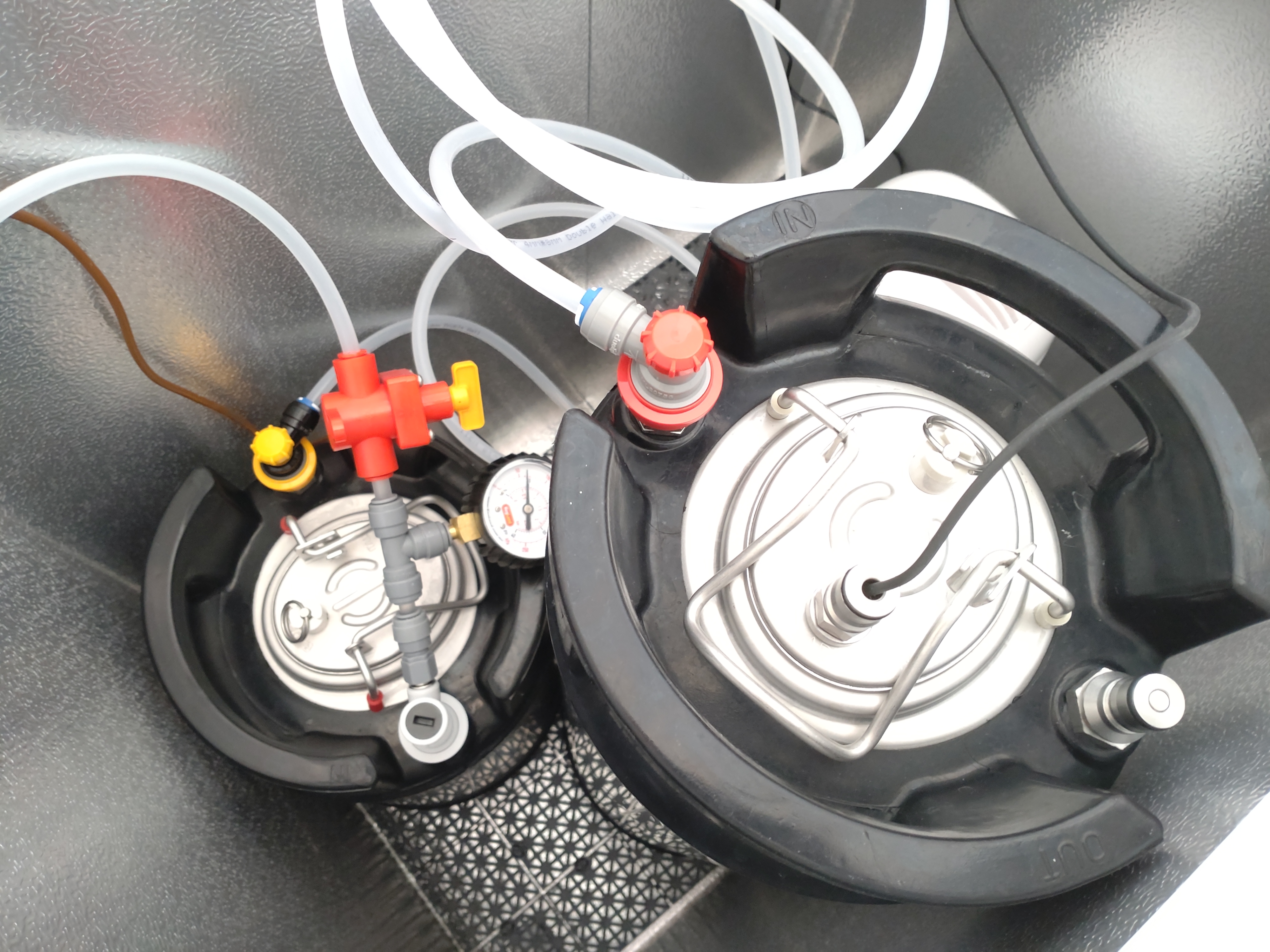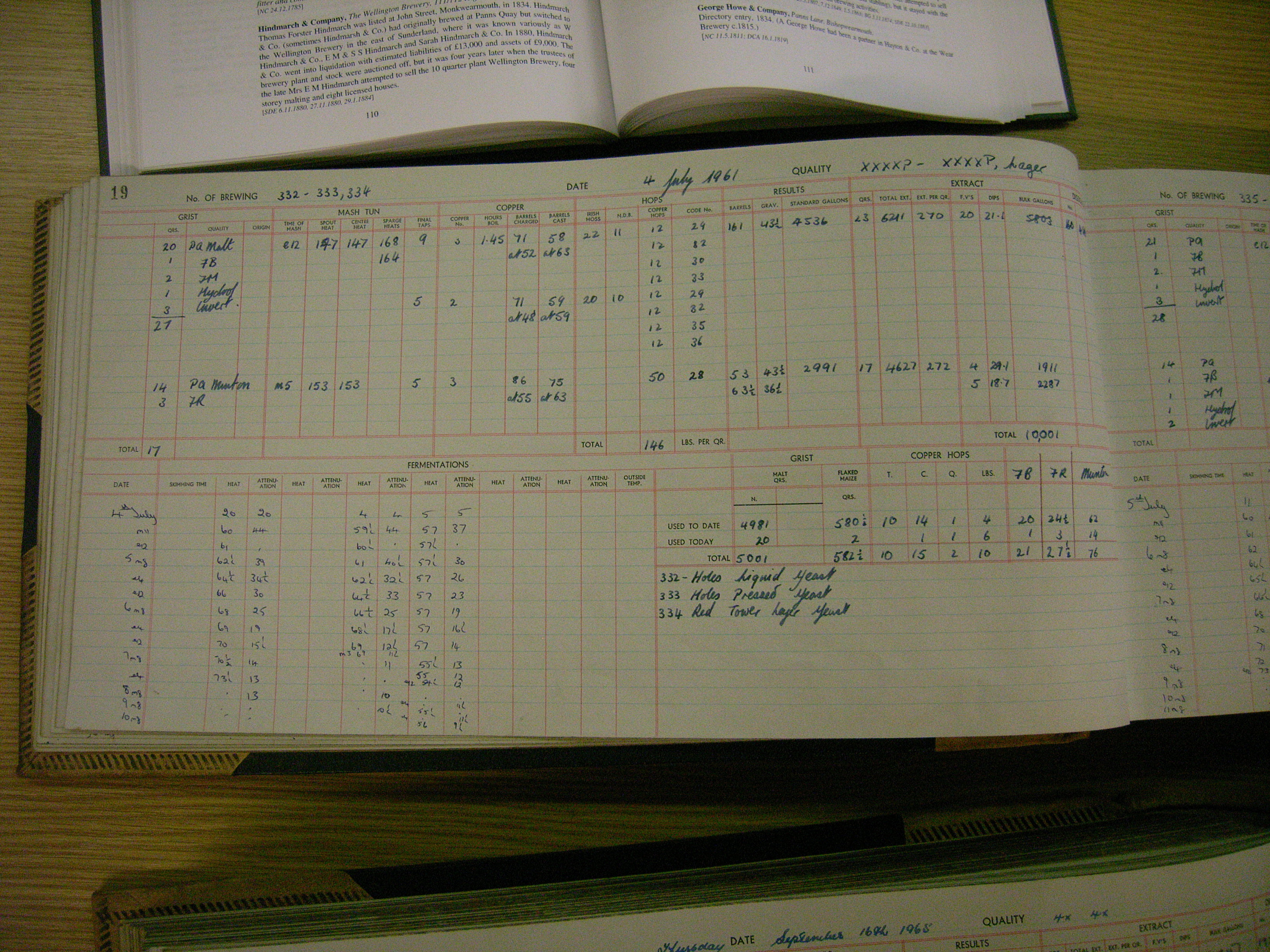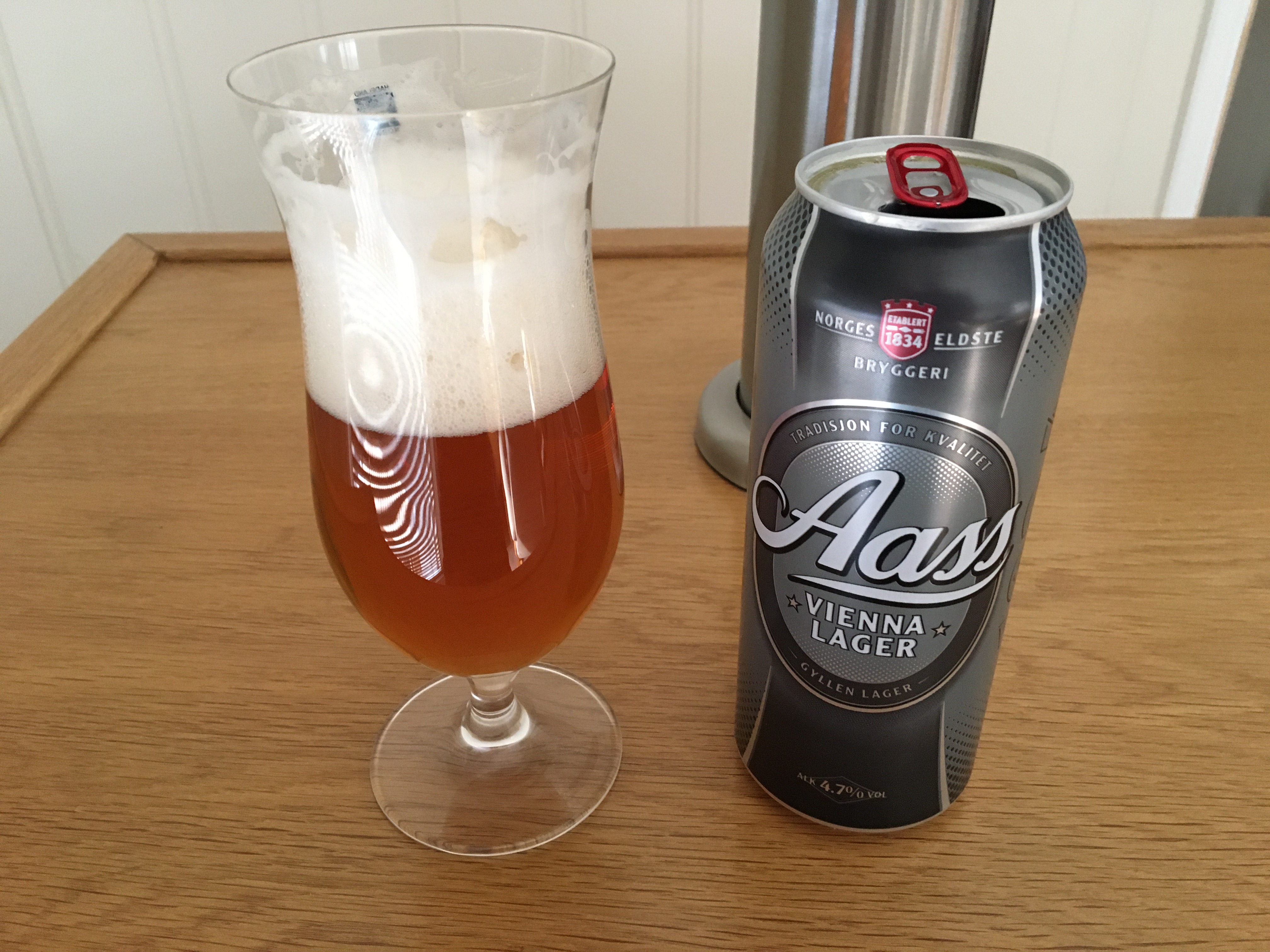McMullan
wort maker
- Joined
- Dec 22, 2015
- Messages
- 2,566
- Reaction score
- 3,461
What's an English Lager? That's a genuine question. As an ale drinker, I really don't know. All I can think of is Carling Black Label, which is crap. The adverts were much better than the beer.
I found Adams' Kobold English Lager whilst searching online. I've no idea what it's like, but the marketing recons...
This refreshing lager is a perfect blend of English ingredients and uses East Anglian extra pale malted barley and wheat, with Goldings hops from Hertfordshire and Kent.
No problem, I've got half a sack of Warminster Floor Malted Low Colour Maris Otter, about 3kg Goldings (Cobb) hops and some Diamond Lager yeast to use up.
English Lager #1 KISS
Est Original Gravity: 1.051 SG
Est Final Gravity: 1.012 SG
Estimated Alcohol by Vol: 5.1 %
Bitterness: 32.0 IBUs
Est Color: 4.4
Half batch
LC MO 93%
Flaked Maize 7%
Mash: 75min @ 68°C, 15min @ 72°C, 15min @ 77°C.
Boil 90min
Goldings: 15g @ 90min, 15g @ 60min, 6g @ 15min and 15g steeped at 80°C for 20min.
12L (OG 1.051) into 19L corny keg. Sprinkled 1pk Diamond Lager yeast onto wort @ 12°C.
Day 2 (36h) spunding up to 10psi.

Edit: That's interesting, according to Adnams' head brewer, they use their ale strain at lower temperature to ferment their Kobold Lager.
I found Adams' Kobold English Lager whilst searching online. I've no idea what it's like, but the marketing recons...
This refreshing lager is a perfect blend of English ingredients and uses East Anglian extra pale malted barley and wheat, with Goldings hops from Hertfordshire and Kent.
No problem, I've got half a sack of Warminster Floor Malted Low Colour Maris Otter, about 3kg Goldings (Cobb) hops and some Diamond Lager yeast to use up.
English Lager #1 KISS
Est Original Gravity: 1.051 SG
Est Final Gravity: 1.012 SG
Estimated Alcohol by Vol: 5.1 %
Bitterness: 32.0 IBUs
Est Color: 4.4
Half batch
LC MO 93%
Flaked Maize 7%
Mash: 75min @ 68°C, 15min @ 72°C, 15min @ 77°C.
Boil 90min
Goldings: 15g @ 90min, 15g @ 60min, 6g @ 15min and 15g steeped at 80°C for 20min.
12L (OG 1.051) into 19L corny keg. Sprinkled 1pk Diamond Lager yeast onto wort @ 12°C.
Day 2 (36h) spunding up to 10psi.

Edit: That's interesting, according to Adnams' head brewer, they use their ale strain at lower temperature to ferment their Kobold Lager.
Last edited:








































![Craft A Brew - Safale S-04 Dry Yeast - Fermentis - English Ale Dry Yeast - For English and American Ales and Hard Apple Ciders - Ingredients for Home Brewing - Beer Making Supplies - [1 Pack]](https://m.media-amazon.com/images/I/41fVGNh6JfL._SL500_.jpg)



















